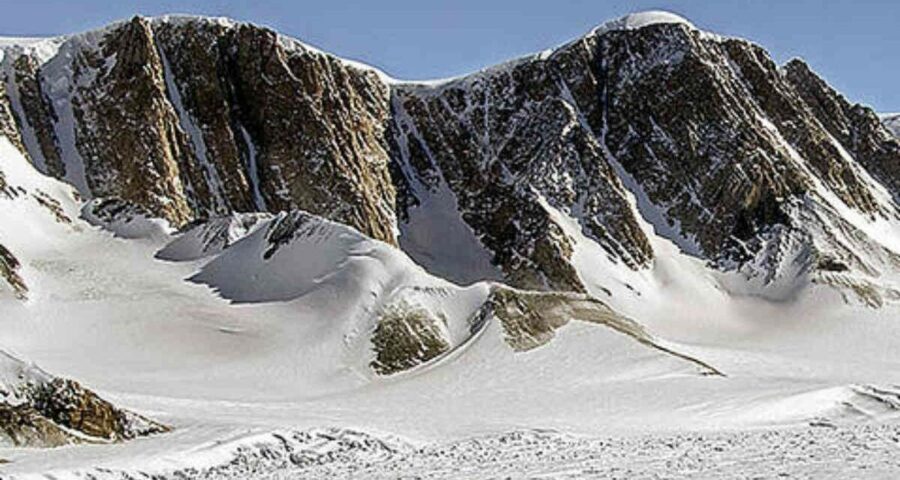While there is ample scientific evidence to confirm the higher glacier retreat in recent decades due to global warming, there is a contrast picture emerging from the Hindukush Himalayas.
Snowfall over the higher reaches of the Hindukush Himalayan mountain ranges has been increasing in recent decades, which has shielded the region from glacier shrinkage, the Assessment of Climate Change over the Indian Region report has stated.
On Sunday, massive flooding in the Alaknanda river, probably due to glacial bursts, left a trail of destruction near Joshimath area in Chamoli district. While there is ample scientific evidence to confirm the higher glacier retreat in recent decades due to global warming, there is a contrast picture emerging from the Hindukush Himalayas.
The Hindukush Karakoram ranges, along with the Tibetan Plateau, are the main drivers of the world’s strongest monsoon systems — the Indian Summer Monsoon. These ranges form the source to 10 major river systems in Asia, supporting drinking water, irrigation and power supply to 1.3 billion people in the continent. Major Indian rivers which replenish due to the melted snow are Indus, Ganges and Brahmaputra.
After the North and the South poles, the Hindukush – Karakoram ranges, along with the Tibetan Plateau, hold the largest reserves of fresh water and are known as the ‘Third Pole’.
“Several areas of Hindukush Karakoram Himalayas have experienced a declining trend in snowfall and also retreat of glaciers in recent decades. In contrast, the high-elevation Karakoram Himalayas have experienced higher winter snowfall that has shielded the region from glacier shrinkage,” stated the report published by the Ministry of Earth Sciences in June 2020. This was the first such report prepared for India.
However, the overall climate along the Hindukush Karakoram region is undergoing warming at a higher rate during the winter season as compared to other seasons. Besides, the warming reported from this region is higher than global mean temperatures, the report noted.
The decadal warming trend recorded over these ranges from 1951 to 2014 was 1.3 degree Celsius. This is a rise from 0.16 degree Celsius recorded from 1900 to 1950, when global warming was less pronounced. The Climate Assessment report has forecast an increase in annual mean surface temperature by 2.2 degree Celsius during 2040 – 2069 and a further increase by 3.3 degree Celsius during 2070 – 2099, along these ranges.
“Weather dynamics is intricate in the Himalayan region, arising due to extensive interactions of tropical and extratropical weather systems,” the report states. The Himalayas have been warming at a faster rate than the rest of Indian land mass during 1951 – 2018, the report highlighted.
The snow cover over the Hindukush Karakoram ranges has shown varying tendencies from 1980 to 2018, with moderate declining rate observed since 2000.
About 50 per cent of the region’s annual precipitation occurs during winter months, with snowfall being the primary source for water for the rest of the dry months of the year. Monsoon causes precipitation during summers too.
Due to this warming trend, there is an expected increase in the precipitation projected over the region. “There will be a significant increase in extreme precipitation over the Hindukush Karakoram region, with maximum consecutive five-day precipitation events,” it stated.
Source: Read Full Article


